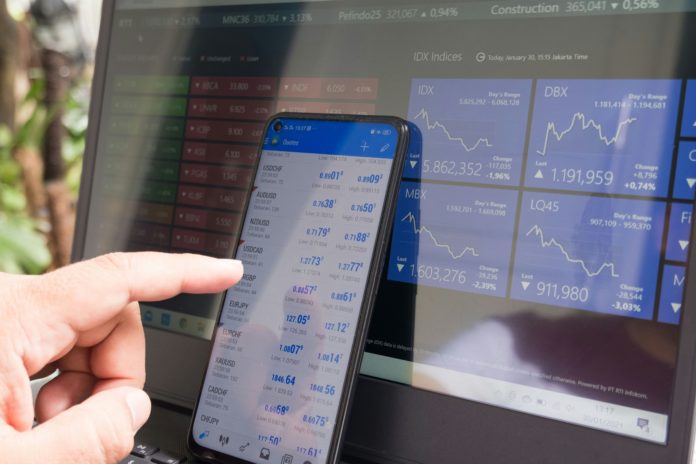
Mastering Swing Trading Strategies: Finding the Perfect Time Frame
Swing trading is a popular method among traders, offering flexibility and the potential for substantial profits within shorter time frames compared to traditional buy-and-hold strategies. However, mastering swing trading strategies requires careful consideration of various factors, one of the most critical being the time frame. In this comprehensive guide, we delve into the intricacies of selecting the best time frame for swing trading to maximize your chances of success.
Understanding Time Frames in Swing Trading
Before diving into specific time frames, it’s essential to grasp the concept of time frames in swing trading. A time frame refers to the duration over which price data is plotted on a chart. Common time frames include minutes, hours, days, weeks, or months, each offering a different perspective on market movements.
Importance of Time Frame Selection
The choice of time frame significantly influences trading decisions and outcomes. Shorter time frames, such as minutes or hours, provide more frequent trading opportunities but may result in higher transaction costs and increased market noise. On the other hand, longer time frames, like days or weeks, offer a broader view of market trends but require more patience and may lead to fewer trading opportunities.
Identifying the Best Time Frame for Swing Trading
Finding the optimal time frame for swing trading depends on various factors, including your trading style, risk tolerance, and market conditions. Here’s a breakdown of different time frames and their suitability for swing trading strategies:
1. Short-Term Time Frames (Minutes to Hours)
Short-term time frames, typically ranging from minutes to hours, are favored by day traders and active swing traders seeking quick profits from short-lived price movements. These time frames are ideal for traders who can closely monitor the market throughout the trading session and execute trades promptly. However, short-term trading requires discipline, quick decision-making, and effective risk management to navigate volatile market conditions successfully.
2. Medium-Term Time Frames (Hours to Days)
Medium-term time frames, spanning from hours to days, strike a balance between short-term and long-term trading perspectives. Traders operating within this time frame aim to capture intermediate price swings while avoiding excessive market noise associated with shorter time frames. Medium-term swing trading allows for more strategic entry and exit points, with trades typically held for several days to a few weeks.
3. Long-Term Time Frames (Days to Weeks)
Long-term time frames, extending from days to weeks, suit swing traders with a more patient and macroeconomic outlook. These traders focus on capturing significant price trends and momentum over extended periods, often aligning their trades with fundamental analysis and broader market trends. Long-term swing trading requires a comprehensive understanding of market fundamentals, as well as the ability to withstand short-term price fluctuations without succumbing to emotional reactions.
Factors to Consider When Selecting a Time Frame
While the choice of time frame ultimately depends on individual preferences and trading goals, several factors should influence your decision:
1. Market Volatility
Consider the level of volatility in the market when selecting a time frame. Higher volatility favors shorter time frames, allowing traders to capitalize on rapid price movements, while lower volatility may necessitate longer time frames to capture meaningful trends.
2. Trading Style
Your preferred trading style, whether it’s day trading, swing trading, or position trading, will dictate the most suitable time frame. Align your time frame with your trading style to ensure consistency and effectiveness in executing your strategies.
3. Risk Tolerance
Assess your risk tolerance and comfort level with market fluctuations. Shorter time frames tend to involve higher levels of risk and volatility, while longer time frames offer a more relaxed trading experience with potentially lower risk but require greater patience.
4. Time Commitment
Consider the amount of time you can dedicate to monitoring the market and executing trades. Shorter time frames demand more active involvement and real-time decision-making, whereas longer time frames allow for a more relaxed approach with fewer trading opportunities.
Conclusion
Selecting the best time frame for swing trading is a crucial decision that can significantly impact your trading success. Whether you prefer short-term, medium-term, or long-term time frames, it’s essential to align your choice with your trading style, risk tolerance, and market conditions. By carefully considering these factors and mastering the intricacies of your chosen time frame, you can enhance your ability to identify profitable swing trading opportunities and achieve your financial goals.


